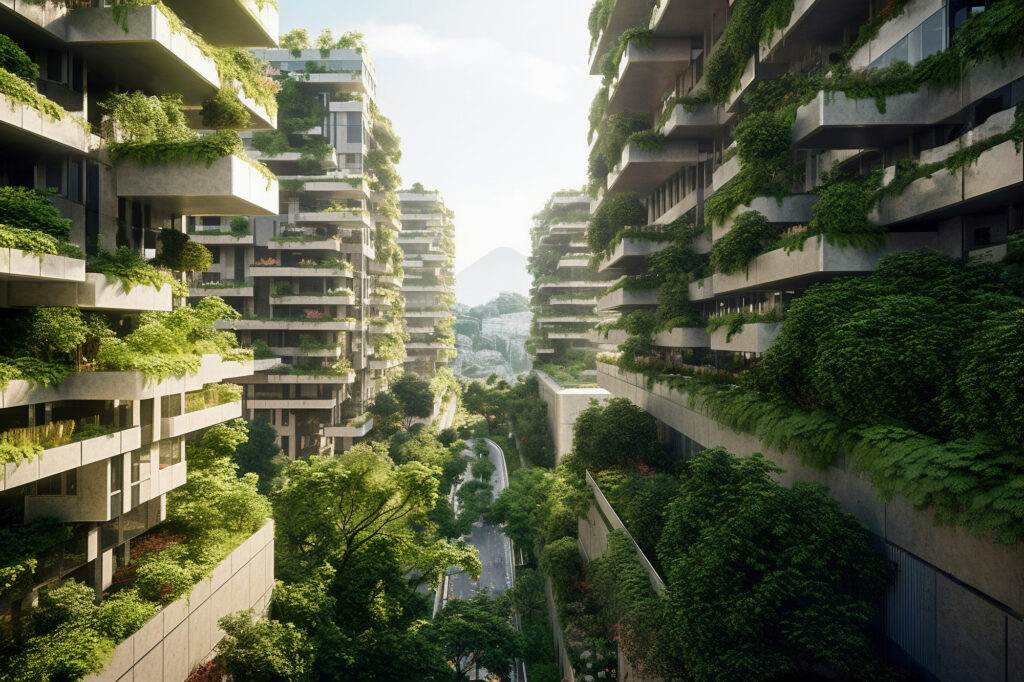Exclusive Neuroject Article: When you hear the phrase Green Building Material, what comes to mind first? The first thing that comes to mind is usually a building with a lot of greenery or one built of plants and trees. However, The meaning of Green Building Materials and Green Architecture or Sustainability is not only limited to green plants.
There are many ways to achieve sustainability in architecture and construction, reducing environmental damage, reducing energy and resource consumption. One of these ways is the use of Green Building Materials.
The meaning of green materials is the processing of natural or recycled materials using modern technology, which provides the necessary capabilities for their use in the building. The use of these materials in construction makes the building efficient and compatible with the environment and reduces energy consumption and costs related to construction and energy consumption, etc. All these materials are made of things that you can easily find around you.
The purpose of this article is to familiarize you with green building materials and introduce 10 examples of these materials that are used in today’s buildings.
Table of Contents
What is a Green Building Material?
Green Building Materials are those that can be readily recycled and don’t hurt the environment during their creation, usage, or disposal. Green buildings are ecologically friendly and made from renewable resources. Starting with their design, planning, upkeep, construction, refurbishment, the materials used, and destruction, green buildings are considerate of the environment.
Whether you work as a contractor, architect, or engineer, developing green structures demands the cooperation of everyone engaged in the project. Modern building materials can be replaced with a variety of eco-friendly materials. For structures that respect the environment, you can pick these building materials.
Each year, 3 billion tons of raw materials are used in building and construction operations globally, accounting for 40% of all global use. International conservation of finite nonrenewable resources is encouraged through the use of green building materials and products. Additionally, using Green Building Materials in construction projects can lessen the environmental effects of obtaining, transporting, processing, fabricating, installing, reusing, recycling, and discarding these building industry source materials.
The Aim of Using Green Building Materials in Construction
The ongoing development has brought about a number of negative environmental repercussions, including pollution, the release of greenhouse gases, global warming, etc. We need to figure out how to get out of the dangerous predicament we have put ourselves in because it is a worrying issue.
The goal of a Green Building Material is to produce a long-lasting, ecologically responsible structure that offers residents a cozy, healthy indoor and outdoor environment.
To develop an eco-friendly environment all around the world, using Green Building Materials is a very helpful practice. However, Green Building Materials, including concrete, have negative consequences on both the environment and people’s health.
Because of its numerous advantages, including improved environmental conditions, lower costs, and social advantages, eco-friendly building materials are constantly being advocated.
Criteria for Choosing Green Building Materials
Although different builders have varied ideas about what really qualifies as a Green Building Material, there are some parameters that the majority would concur on. Green materials are those that lessen the negative effects of construction on the environment, assisting builders in their pursuit of increased sustainability. In the following, we discuss the selection criteria for Green Building Materials:
Resource Efficiency: Involves using reusable or recyclable materials, recycled or recyclable product packaging, durable materials with long life expectancies, natural, abundant, or renewable sources, resource-efficient manufacturing processes, locally available Green Building Materials, salvaged, refurbished, or remanufactured products, and so on. These products decrease waste, consume less energy, and emit fewer greenhouse emissions. Materials that are easily accessible locally reduce shipping costs and energy use.
Energy Efficiency: Maximizing energy efficiency requires using materials and systems that reduce energy consumption in buildings and facilities. Green Building Basics provides more information on this. Water conservation can be achieved by using materials and systems that meet affordability criteria, where building product life-cycle costs are comparable to conventional materials or within a project-defined budget.
Indoor Air Quality (IAQ): Indoor Air Quality (IAQ) is improved by using materials that meet low or non-toxic criteria, have minimal chemical emissions, have low-VOC assembly, are moisture-resistant, and are healthfully maintained. These products promote healthy indoor air quality by identifying pollutants and enhancing air quality. Low-VOC assembly minimizes VOC-producing compounds, while low-VOC assembly minimizes hazards. Moisture-resistant products and systems inhibit biological contaminant growth in buildings.
Toxic Reduction: Toxic reduction aims to eliminate hazardous chemicals from building materials, products, and processes by taking precautions, adopting safer alternatives, ensuring adequate ventilation, conducting indoor air quality tests, using green chemistry principles, preventing pollution, educating people about risks, and maintaining compliance with regulations and standards.
Easier Maintenance: Green Building Materials often require less energy and water to maintain than conventional building materials, making them easier to maintain and repair. Additionally, because they often last longer, sustainable materials can be used less frequently.
Water Conservation: Reduction in water consumption, by using material and technology to achieve the required standards, which is Products and systems that help reduce water consumption in buildings and conserve water in landscaped areas.
Social Effect: Green construction may help create more egalitarian neighborhoods. Everyone wins when residents have access to safe, cheap housing or when localities are able to resist catastrophic weather conditions due to climate change.
List of Top 10 Green Buildings for Construction
Here is the list of green building materials that is changing the construction industry:
1. Cob
Composition: Ever wonder about the materials used to build those odd, organic-looking houses? Cob, a material used to construct them, is primarily a mixture of subsoil, water, fibrous organic material (usually straw), and occasionally lime. Subsoil’s composition varies, and if it doesn’t have the correct balance, sand or clay might be added to alter it.
Use: The oldest known mud building dates back more than 10,000 years, in case you didn’t know.
Climate change on top of the housing crisis definitely got us thinking about alternatives. One of the materials that is gradually making a comeback is cob.
In addition to being eco-friendly, cob is a Green Building Material that is really simple to work with and, thanks to its roughness, allows you to make any design you can think of. It is extremely energy-efficient and produces natural insulation. Cob homes don’t require much heating as a result.
Environmental Benefits: Cob is an energy-efficient material with high thermal mass, ideal for passive solar heating and cooling. Its low carbon footprint and embodied energy make it environmentally friendly. Cob is easy to build, easy to build, and lends itself to free-form walls. It offers excellent sound insulation, can withstand seismic activity, and is fireproof. It can be built up to 3 stories and can be easily recycled.
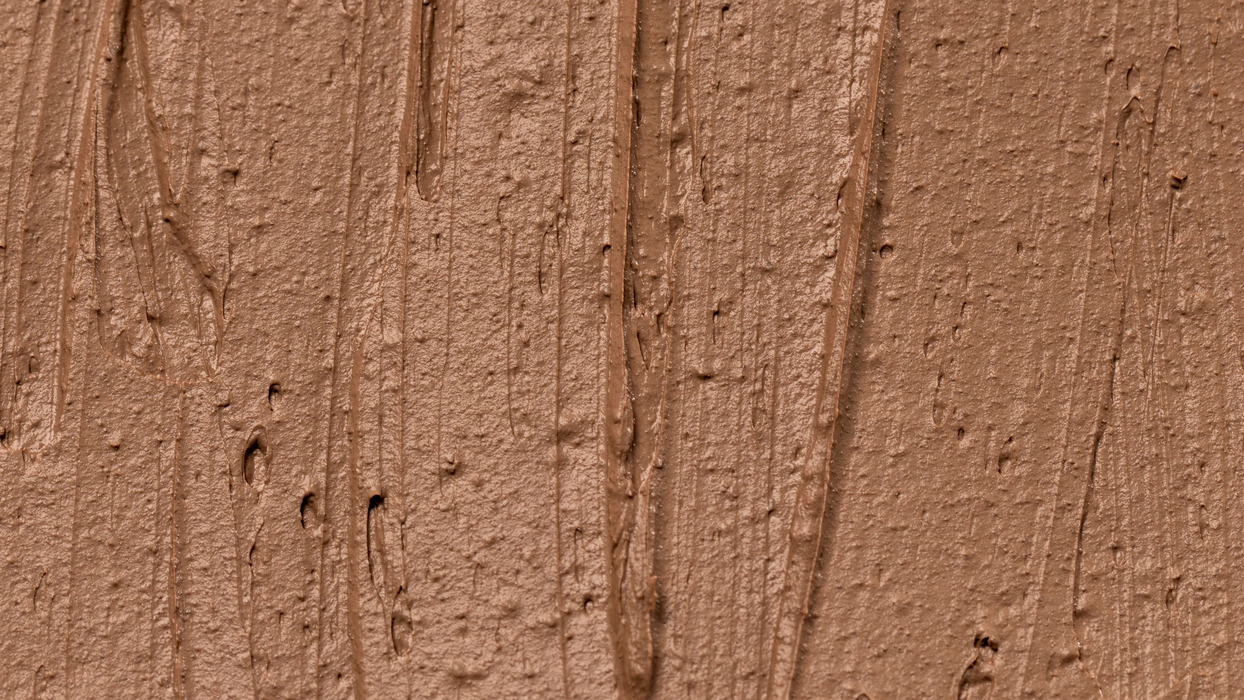
2. HempCrete
Composition: Hempcrete is a bio-aggregate concrete, where the hemp shives – small pieces of wood from the stalk of the plant – are mixed with either a lime or mud cement to create a durable, eco-friendly building material.
Use: Hempcrete is lightweight and non-structural, but can instead be integrated with traditional building construction systems. Similar to traditional concrete, it can be either cast-in-place or prefabricated into building components like blocks or sheets.
Environmental Benefits: HempCrete is lightweight and significantly reduces the amount of energy required to carry blocks. It is strong and has superior acoustic, thermal, and fire resistance properties. Additionally, due to its negative reading for CO2 content, it is the largest sustainable property and absorbs more CO2 than it emits. The resource of hemp itself is renewable and expanding quickly.
This eco-friendly substance resembles concrete and is formed from the inner woody fibers of hemp plants. The fibers are combined and bound with lime to create light, sturdy shape blocks that resemble concrete. It is lightweight and significantly reduces the amount of energy required to carry blocks. It is strong and has superior acoustic, thermal, and fire resistance properties. Additionally, due to its negative reading for CO2 content, it is the largest sustainable property and absorbs more CO2 than it emits. The resource of hemp itself is renewable and expanding quickly.
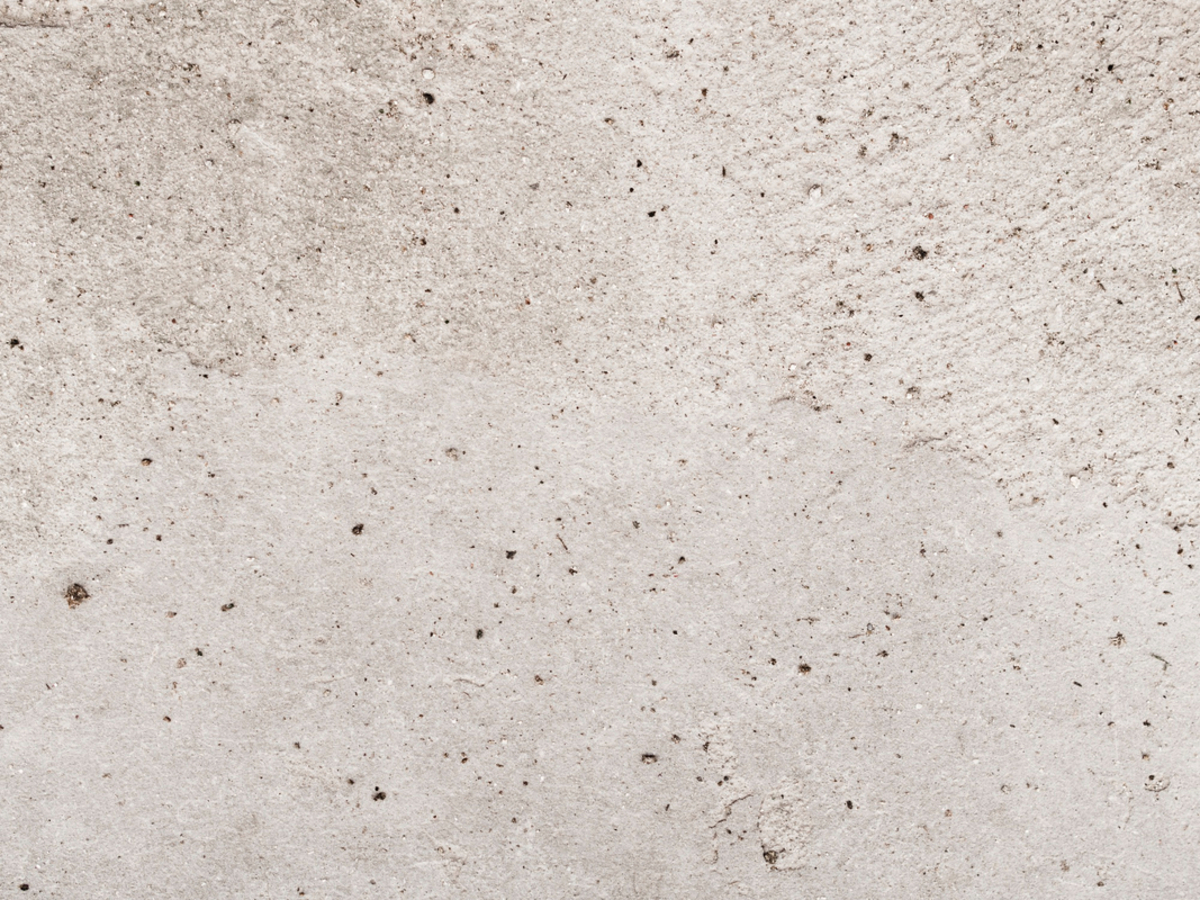
3. Recycled Plastics
Composition: Manufacturers are turning to recycled plastic and other ground-up waste to build concrete rather than locating, mining, and milling new components for construction.
Use: It is possible to turn plastic from two-liter bottles into carpet fabric. Additionally, recycled plastic can be utilized to create items like cable pipes, roofs, floors, PVC manholes, and PVC windows.
Environmental Benefits: Instead of filling landfills with plastic garbage and causing plastic pollution, the method lowers greenhouse gas emissions while giving the waste a new use.
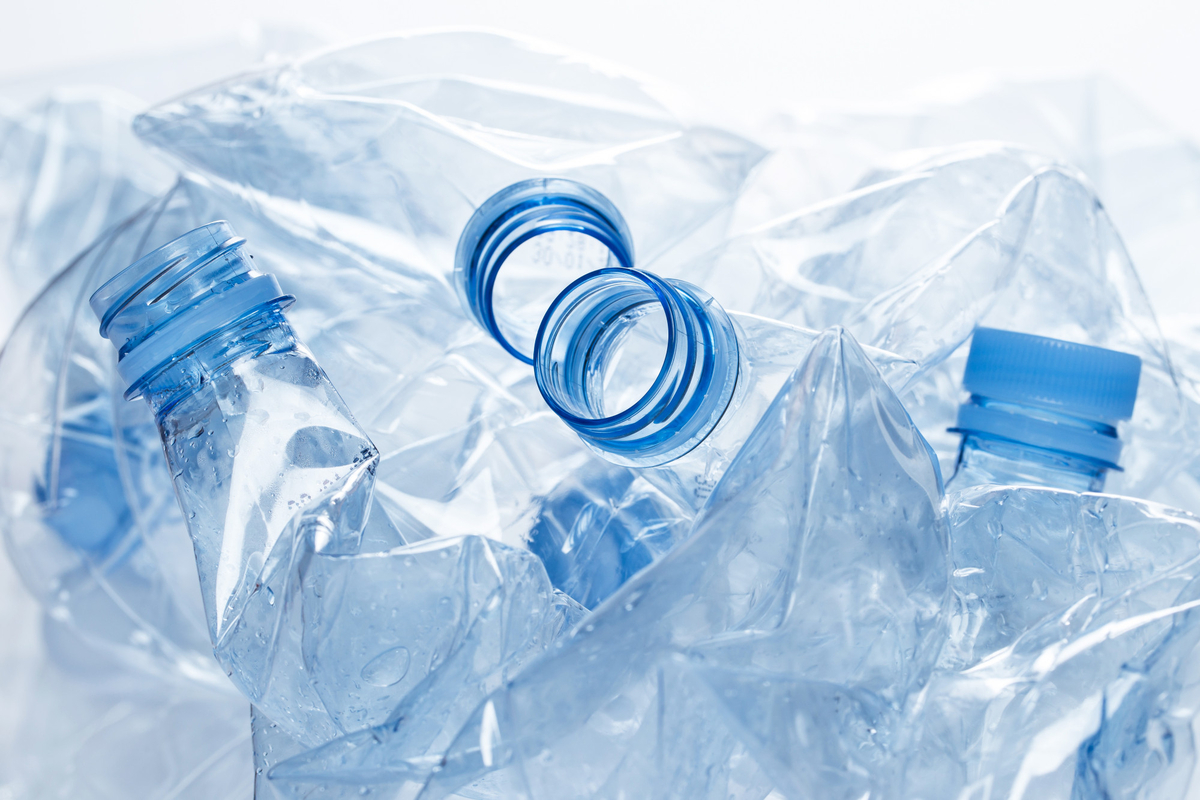
4. Cork
Composition: Cork oak forests cover 2.5 million hectares in the Mediterranean region, with most in seven countries. These trees have a lifespan of 250-350 years and produce hundreds of kilograms of cork per harvest.
Use: Cork is the ideal material for insulating sheets and is good at absorbing noise. It is also the greatest material for subflooring due to its exceptional shock or pressure absorption properties. Even if it is left untreated when it burns, it is a fire-resistant substance and a suitable option for thermal insulators because it does not generate hazardous gasses. when under intense strain over an extended period of time, cork is flexible, elastic, and returns to its original shape. It is a preferred component in floor tiles because it is durable and wear-resistant.
Environmental Benefits: The ground is protected from soil erosion and desertification by the cork oak trees. Additionally, harvested cork oak trees can actually absorb more CO2, a greenhouse gas, than unharvested cork oaks. The cork oak woodlands are thought to absorb 14 million tons of carbon dioxide annually.
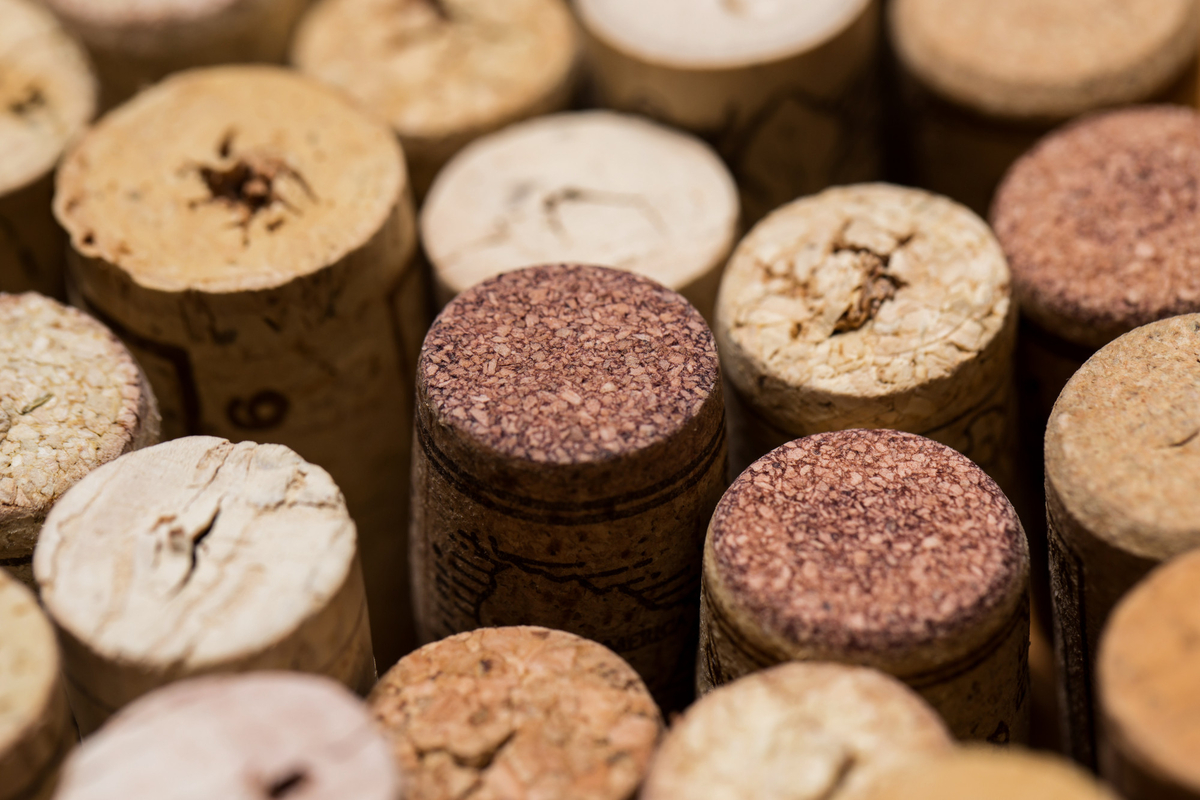
5. Straw Bales
Composition: The insulating qualities of straw bales are also quite good. Similar to wool, straw bales are frequently positioned in attics, ceilings, and walls to maintain a constant temperature. Straw is an environmentally friendly material that may be gathered and replanted.
Use: Usually, farmers who are burning off their straw after harvest are where the straw material comes from. Repurposing this waste byproduct into compressed ceiling and wall panels ensures that it retains its carbon content in the most environmentally friendly manner possible rather than having the straw release its embodied carbon back into the atmosphere when destroyed, which would contribute to rising carbon emissions.
Environmental Benefits: From sourcing to energy efficiency, straw-bale constructions are an environmentally friendly building technique. In addition to being crushed and formed into bales, straw may also be produced into ceiling and wall panels for insulated cladding in homes. Compressed straw is a versatile, recyclable, and biodegradable material with numerous environmental benefits. It can be used for mulching, composting, or recycling into reused panels, extending their lifespan.
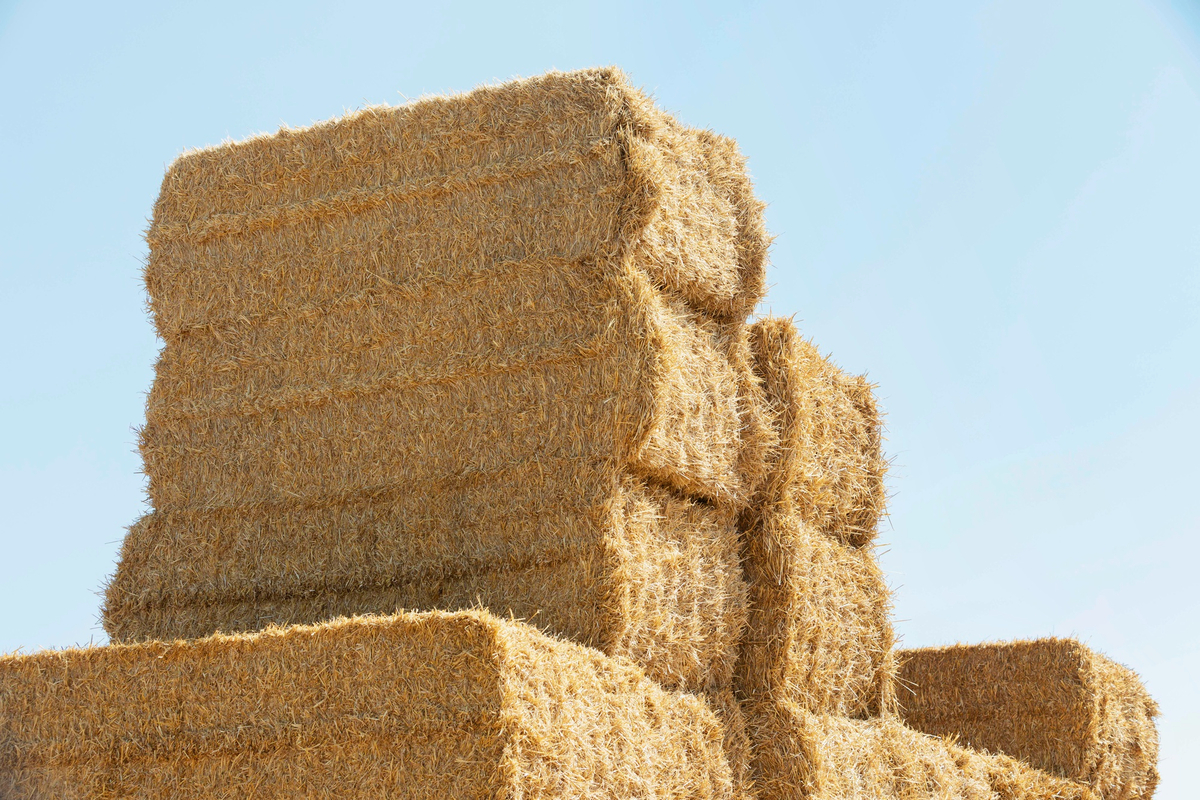
6. Recycled Glass
Composition: Glass is another material for construction that is simple to recycle: Currently, about 27% of manufacturing glass is recycled. Fly ash and recycled glass together create a substance that resembles concrete.
Use: When recycled glass and fly ash are combined, a concrete-like material is produced that is ideal for blocks, panels, and construction molds.
In addition, Any extra glass can be made into tile, backsplashes, countertops, glass mulch for your garden, and even colorful pebbles.
Environmental Benefits: Recycled glass reduces water and air pollution by 50% and 20%, or you can offer unique designs by using green and amber glass beer bottles and drinking glasses for an iridescent aesthetic.

7. Bambo
Composition: One of the best Green Building Materials is bamboo. It has an astonishingly rapid rate of self-generation; some have reportedly grown up to three feet in just 24 hours. Bamboo is a naturally occurring, renewable material that can be used in the design and construction of sustainable buildings.
Use: Bambo is extremely durable, has a high strength-to-weight ratio, and has even more overall strength than brick and concrete. Therefore, it is the ideal option for both flooring and cabinetry.
Environmental Benefits: Bamboo can be utilized as a renewable substitute for other non-renewable materials because of its capacity to regenerate. Bamboo aids in the air’s carbon dioxide digestion, lowering the amount of carbon in the atmosphere.
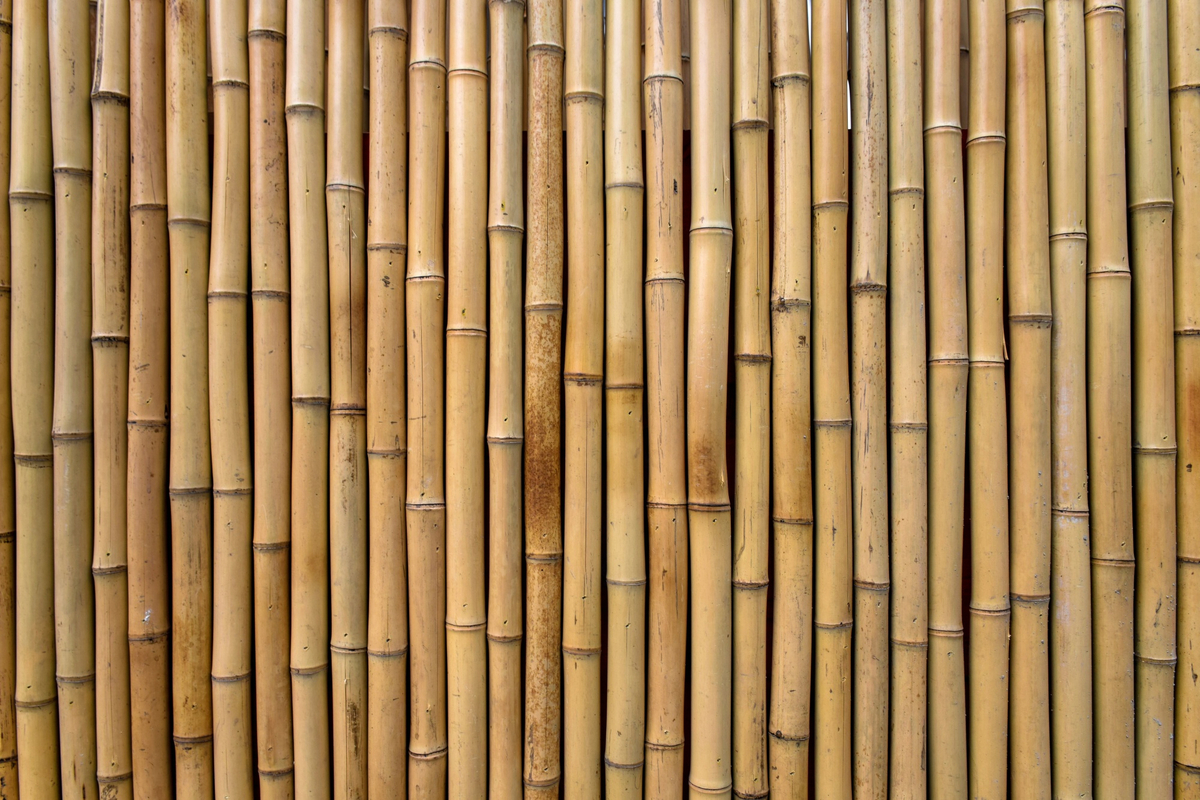
8. Mycelium
Composition: This substance is actually a Green Building Material from nature. Fungi and mushrooms’ roots are made of mycelium, a naturally occurring unicellular creature.
It might be encouraged to develop inside of molds or shapes made of a mixture of different natural materials, including ground-up straw. Bricks or other shapes are then produced, which are light and robust.
Use: Mycelium, when combined with pasteurized sawdust, could be shaped into practically any shape and was a surprisingly strong building material. It may be feasible to produce bricks and distinctively shaped building components that are both sturdy and light.
Environmental Benefits: Mycelium collects carbon dioxide from the atmosphere as it expands and transforms it into biomass. By lowering the amount of carbon dioxide in the atmosphere, employing mycelium as a building material can really assist to mitigate the consequences of climate change.
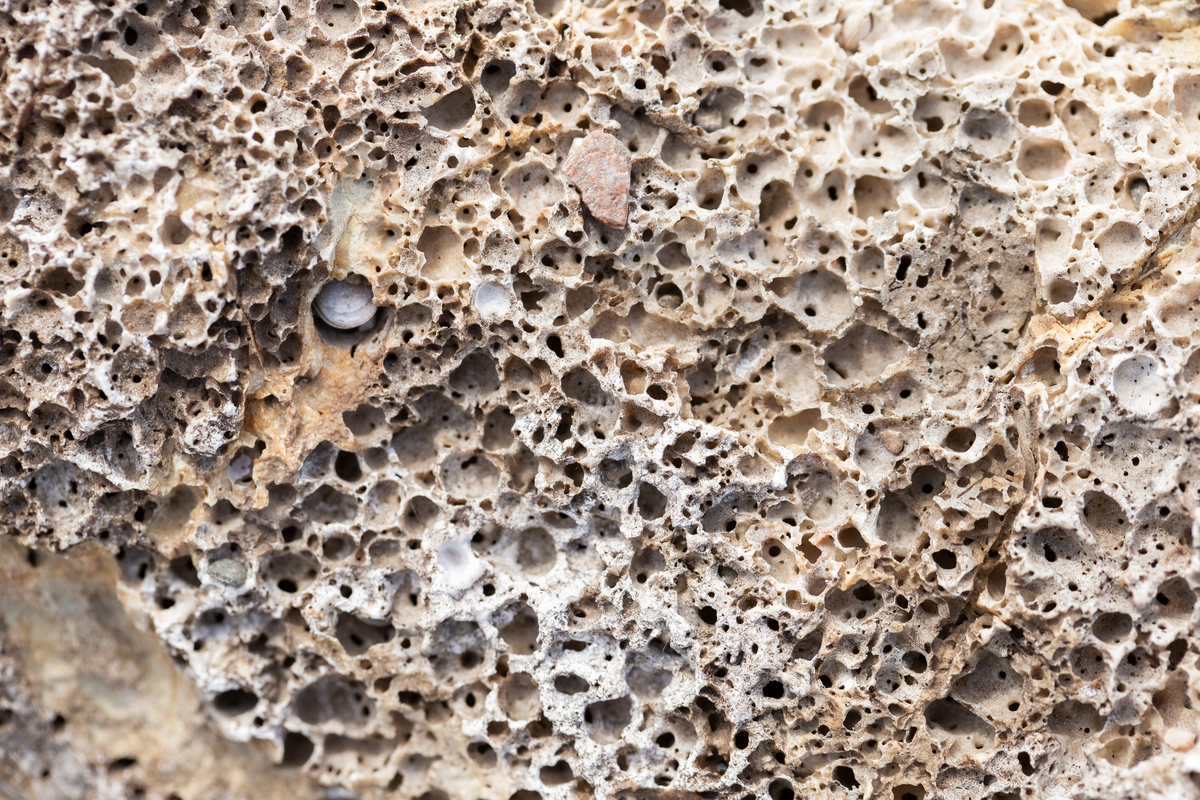
9. Shipping Container
Composition: Old shipping containers can be used to create a new, pest-proof structure that is affordable, strong, and enduring.
Use: It’s not surprising that they are a common option for the tiny home movement. However, you must provide sufficient insulation so that it is energy efficient in order to convert a shipping container into a comfortable house.
Environmental Benefits: About the advantages of shipping containers can be added in this case, When you’re ready to renovate, you can easily expand upon your home by adding another shipping container or you can relocate your place, and also the use of these containers reduces the use of resources for construction and, as a result, reduces energy consumption.
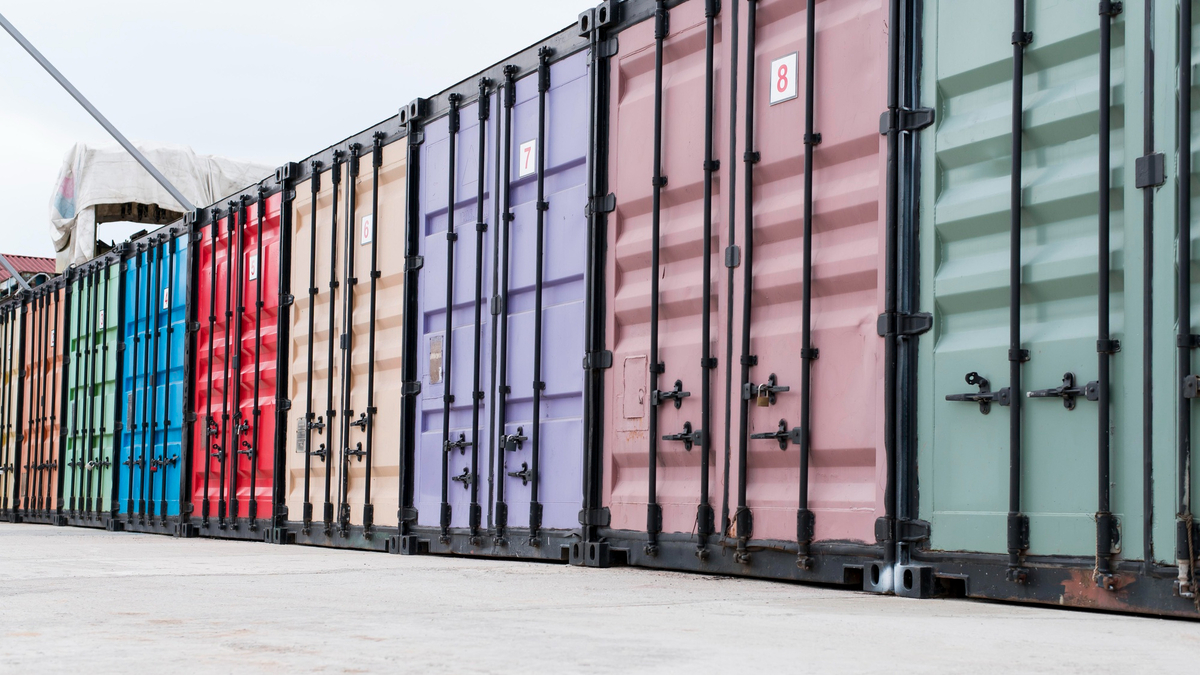
10. Sandbag
Composition: Sandbags are often composed of burlap. People have utilized polypropylene bags to produce construction sandbags since they can readily decompose them.
Use: Sandbags can be stacked and arranged to create domes, walls, or other structures.
Environmental Benefits: Sandbags have a number of advantages, such as being inexpensive, simple to install and transport, durable, and fire resistant. Sandbag walls reduce CO2 emissions by 95% when compared to conventional brick walls because there is no material processing before use in construction. The majority of sites have an abundance of clean, usable sand, which lowers material and transportation costs.
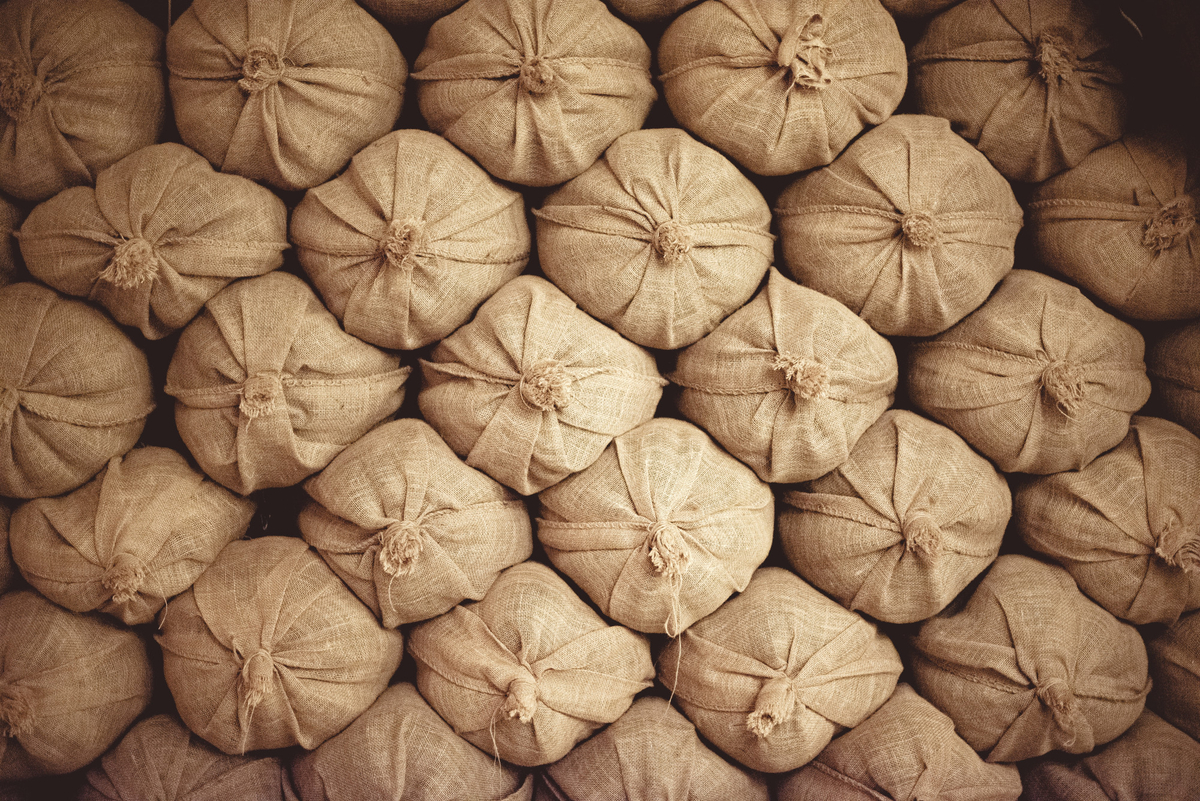
Conclusion: Use of Green Building Materials
For those wishing to design eco-friendly structures without compromising on quality or function, sustainable building materials provide a number of benefits. These materials let developers achieve sustainability targets more quickly and easily than ever before while also lowering the environmental effect of projects. They also offer financial advantages by lowering maintenance expenses over time and lowering construction costs.
While locating these kinds of building materials and adhering to local laws about their usage may present some difficulties, these problems may be resolved with careful planning and study before starting any construction project. A great option for developers to balance environmental responsibility and financial feasibility in their projects is through the use of sustainable construction materials!
Resources:
The Zebra | Earth Reminder | Cal Recycle | Barbulianno | Construction 21 | Conserve Energy Future | PlanRadar | The Constructor | Global Green | Archdaily | Green Building Supply | Private Property | CAGBC
For all the pictures: Freepik

